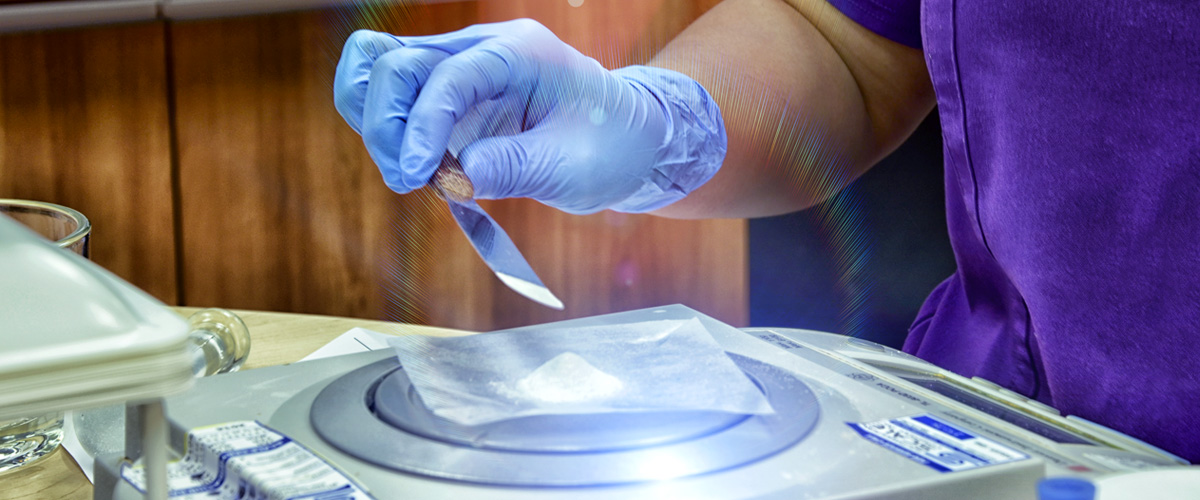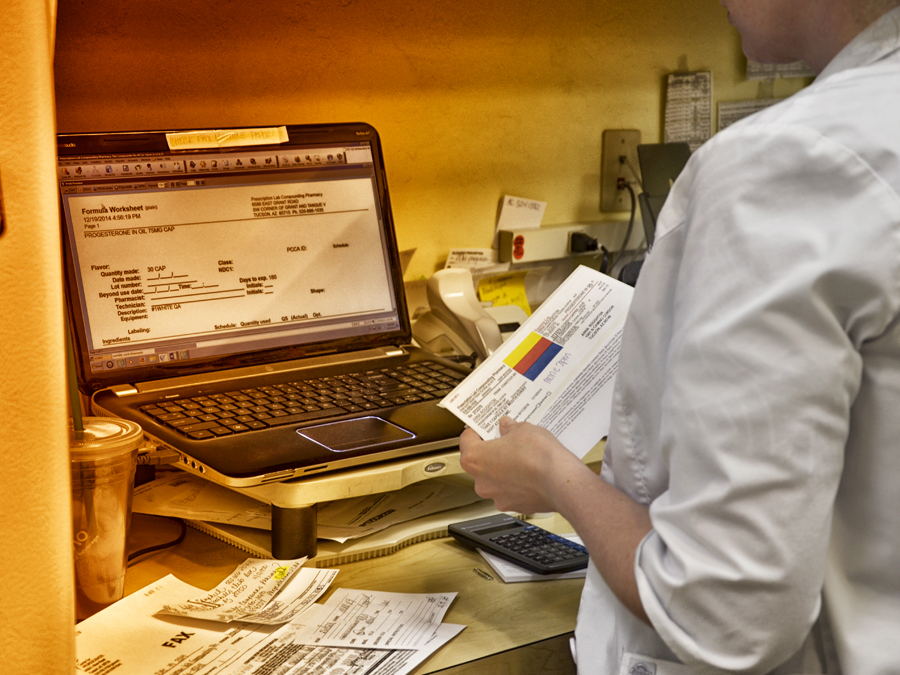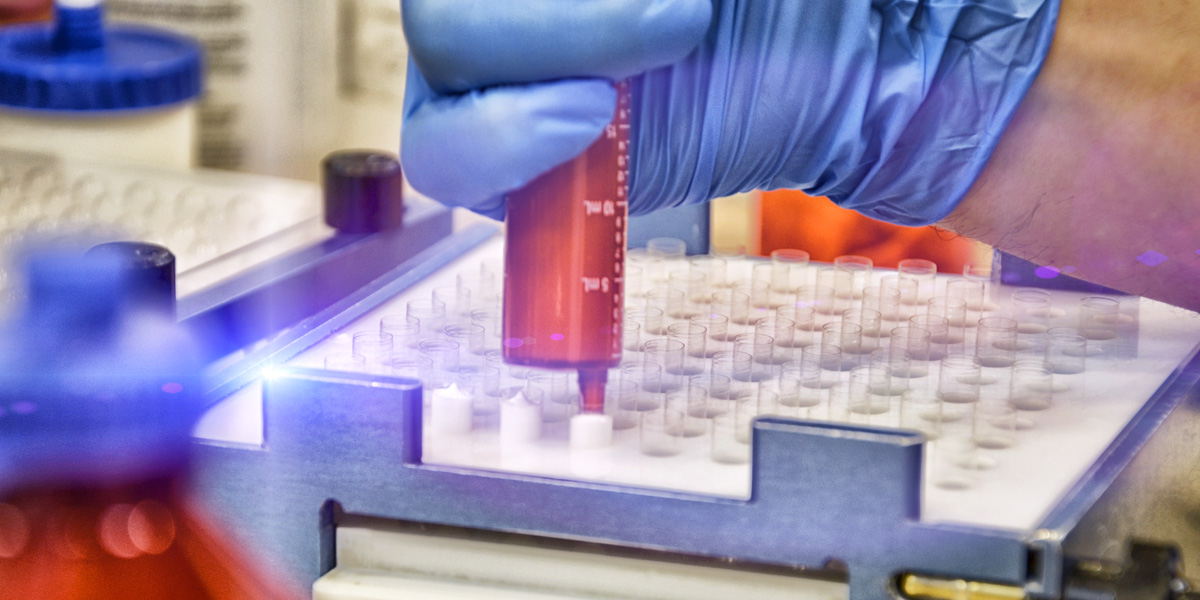What is compounding?
Compounding is the art of making medicine from scratch, so it can be customized to fit the patient perfectly.
Why is there compounding?
Some patients have special needs that go beyond what a commercially available medicine can offer.
Who needs compounded medicines?
Anyone who needs a customized medicine solution. Like an infant, who only needs a very small dose.
Or a woman who needs hormones in precise, customized doses to minimize the side effects of menopause.
Is compounding a new idea?
No. In fact, until the 1950's, virtually all medicines in the U.S. were made by a local compounding pharmacist.
Since 1997, the professionals at Prescription Lab have been compounding custom medicines to the exact specifications of the prescription.













